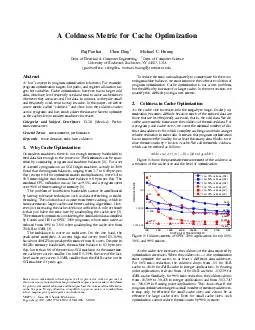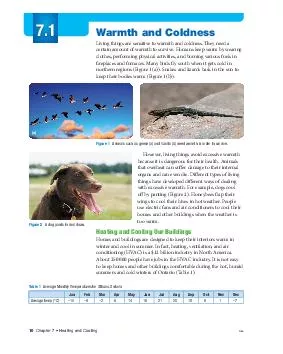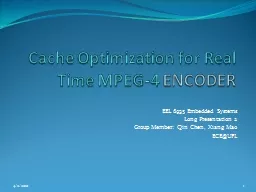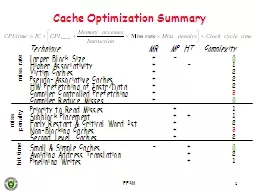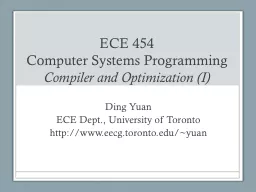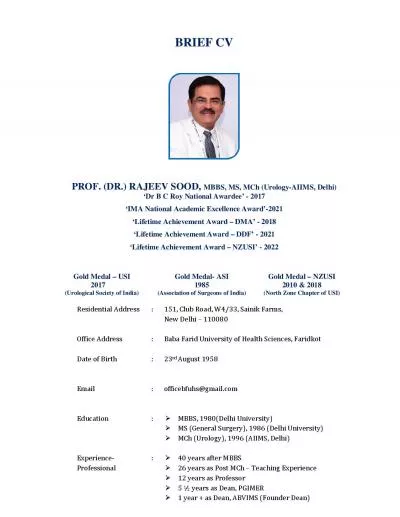PDF-A Coldness Metric for Cache Optimization Raj Parihar Chen Ding Michael C
Author : min-jolicoeur | Published Date : 2015-03-07
Huang Dept of Electrical Computer Engineering Dept of Computer Science University of Rochester Rochester NY 14627 USA pariharece cdingcs michaelhuang rochesteredu
Presentation Embed Code
Download Presentation
Download Presentation The PPT/PDF document "A Coldness Metric for Cache Optimization..." is the property of its rightful owner. Permission is granted to download and print the materials on this website for personal, non-commercial use only, and to display it on your personal computer provided you do not modify the materials and that you retain all copyright notices contained in the materials. By downloading content from our website, you accept the terms of this agreement.
A Coldness Metric for Cache Optimization Raj Parihar Chen Ding Michael C: Transcript
Download Rules Of Document
"A Coldness Metric for Cache Optimization Raj Parihar Chen Ding Michael C"The content belongs to its owner. You may download and print it for personal use, without modification, and keep all copyright notices. By downloading, you agree to these terms.
Related Documents

